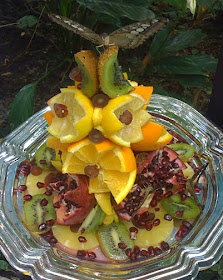
Perceptive visitors have noticed that we had a very pregnant Naked mole-rat in our colony.
Readers of this blog may recall previous stories about our two queens, nick-named Elphaba and Galinda, and the November report of Galinda’s pregnancy. Pacific Science Center’s Animal Care staff was hoping for a small, successful litter but as the due-date approached, it was apparent that the litter would be large.
Sometime between 5pm closing on December 22 and 7am December 23, Galinda delivered twenty baby mole-rats. In a large litter the pups are competing for nutrients before they are born and not all are expected to survive. Certainly this was the case with Galinda’s offspring. Within hours, some of the smallest and weakest individuals died.
The first five days are always critical for mole-rats pups. Because of this, we are hesitant to announce the new litter until after this precarious period. In fact, none of the twenty pups from Galinda’s December 23 litter survived.

Now we wonder - what’s going on? Each queen now has healthy progeny integrated into the colony but both of their most recent litters have failed. We have scheduled a visit from our veternarian, Dr. Maas at Avian and Exotic Animal Hospital and will be taking a closer look at our husbandry protocols. Watch these pages for updates.












